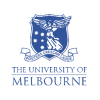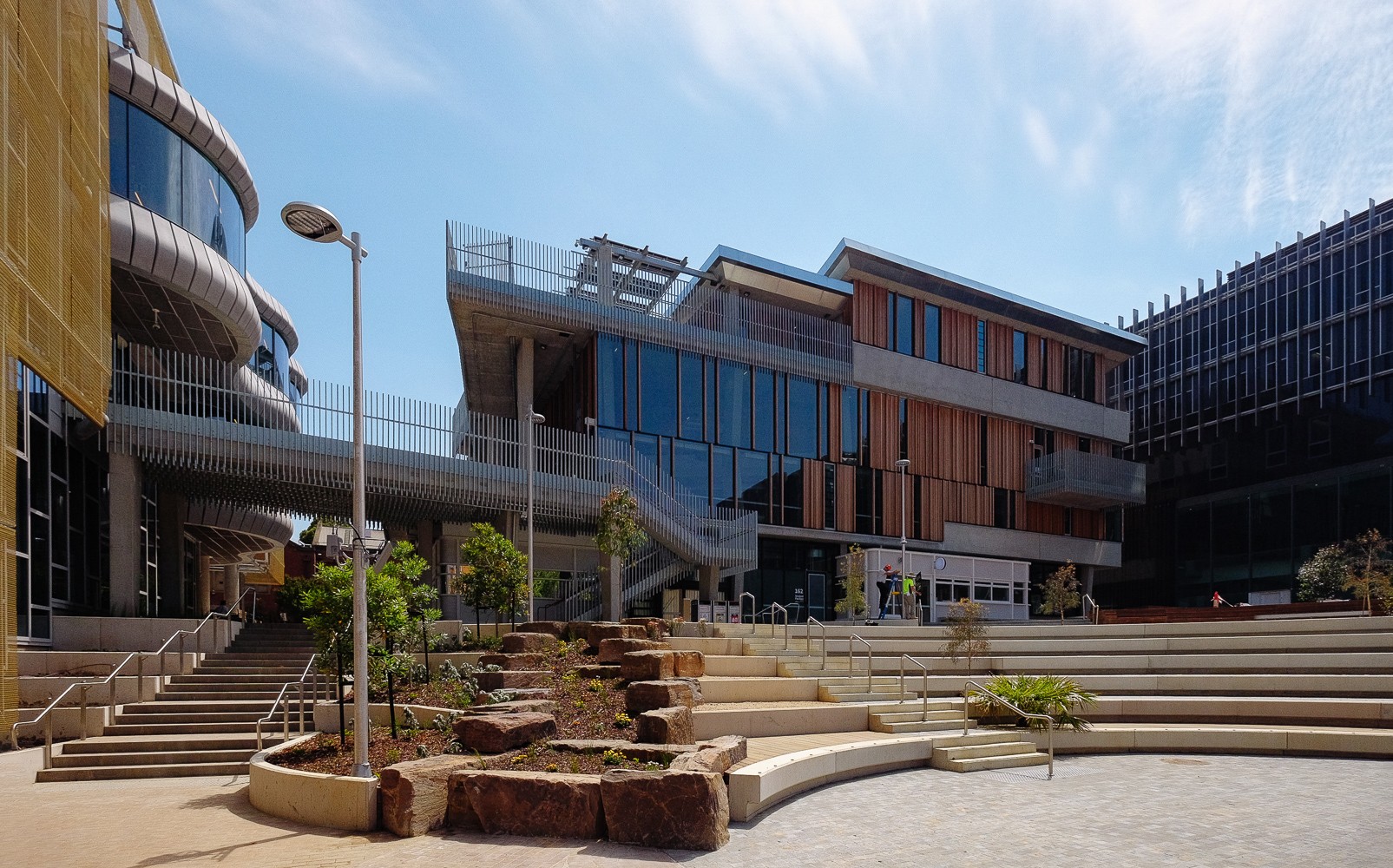Grattan Street, Parkville, Victoria, 3010, Australia
Career Counselling

The University of Melbourne is a leading tertiary education institution located in Melbourne, Victoria, Australia. It is home to over 54,000 students (27,500 undergraduates and 26,500 postgraduates), with almost 22,000 international students from 150 different countries.
Academic and research activities at the University are organised into 9 Faculties (Architecture, Building and Planning, Arts, Business and Economics, Engineering and Information Technology, Fine Arts and Music, Medicine, Dentistry and Health Sciences, Science, Graduate School of Educa...
| Establishment year | 1853 |
| Total Students | 54,000+ |
| International Students | 21,600 |
| QS World University Rankings 2024 | 14 |
| Campus Size | N/A |
| Total Number of Campuses | 7 |
| University Website | https://www.unimelb.edu.au/ |
| No. of Schools and Divisions | 9 Faculties (Architecture, Building and Planning, Arts, Business and Economics, Engineering and Information Technology, Fine Arts and Music, Medicine, Dentistry and Health Sciences, Science, Graduate School of Education, Law School) |
| Nobel Prize Winner Alumni | 8 (taught, studied, or conducted research at) |
| No. of Education Programs | 38 (undergraduate), 427 (postgraduate) |
| Student to Faculty ratio | 5.7:1 (students : total staff members) |
The University of Melbourne offers undergraduate and postgraduate courses through 9 Faculties, which are further subdivided into schools, departments, centres and institutes.
Undergraduate applicants to the University of Melbourne need to satisfy three entry requirements:
Postgraduate applicants need to show evidence of the successful completion of an undergraduate degree from a recognised university, either in Australia or internationally. The PG course list provides additional criteria organised by subject. There are many ways to prove proficiency in English; if the undergraduate degree of the applicant was taught and assessed in English, the candidate is usually held to have passed the requirements. In case of a conditional offer, applicants may have to submit certificates of TOEFL, IELTS, or Pearson test (PTE) scores.
Domestic applicants to an undergraduate degree at the University of Melbourne should first choose a degree and check if they satisfy the eligibility criteria. Applications must be made centrally via the Victorian Tertiary Admissions Centre (VTAC) online portal. Through this, applicants can also check if they qualify for special admission criteria (e.g. because of financial need) and apply for scholarships. Once an offer is made by the university, students can apply for housing, pay fees, and complete course enrolment.
International undergraduate applicants follow a similar procedure, with two important differences: there is an application fee of $120, and candidates should be very mindful about application deadlines, given that visa processing times and moving timelines will need to be kept in mind.
Domestic applicants to postgraduate degrees should first look through the 400+ graduate programs, check if they satisfy the eligibility criteria, and then apply through the University’s online application portal. The university usually sends out decisions within 4-8 weeks of the application being submitted. International PG applicants follow a similar process, with the addition of the $120 application fee.
Domestic students at the University of Melbourne - both undergraduates and postgraduates - have tuition fees partly subsidised by the Government of Australia. They pay only a portion of the total fees, referred to as the Student Contribution amount. This varies by course type, and all programs are divided into four fee bands. Band 1 has courses like Agriculture, English, and Mathematics, and the student contribution fee is $4,124 per year. Band 2 contains courses like Architecture and Engineering, and the fees are $8,301 annually. Band 3 has Dentistry, Medicine, and veterinary Science, and the annual student contribution is $11,800. Band 4 consists of Business and Law courses, with a fee of $15,142 per year. Over and above these, domestic candidates must also pay a Student Services and Amenities Fee.
International undergraduate students at the University pay fees based on the subjects taken during a particular semester, and not on the overall course or degree. Approximate course fees can still be calculated based on the typical subjects taken: The tuition fees for this range from $32,896 per year for the Bachelor of Fine Arts (Acting) to $67,368 for the Bachelor of Oral Health. Undergraduate honours courses are typically at least 10% more expensive than the equivalent non-honours courses. International UG students must also pay for health insurance (the Overseas Student Health Cover) as a visa requirement, though there is no Student Services and Amenities Fee.
The tuition fees for international postgraduate students vary by Faculty, with most courses within a Faculty having the same approximate yearly fee. For example, the Melbourne School of Design charges $46,304 for most courses, the Faculty of Arts Masters fees are $38,720 on average, and the Melbourne Business School annual tuition fees are $47,720. The highest course fees are seen in the Faculty of Engineering: $50,272 per year.
All students will also spend money on accommodation, course materials, travel, and food. Living and food costs range from $400 per $600 per week for University accommodation; this comes to approximately $18,000 per year for 9 months spent on campus.

The University of Melbourne has a total of seven campuses and four innovation precincts. The main Parkville campus dates back to 1853 and contains historic buildings like the Old Quadrangle side by side with modern structures. Southbank houses the Faculty of Fine Arts and Music, and is the centre of creative pursuits at the University. Burnley is located on 22 acres of heritage gardens, and houses the horticultural college. Dookie occupies over 6,000 acres, and has a farm, a winery, an orchard, and a dairy. Creswick is a forest science heritage campus. Werribee is home to the University’s veterinary training classes. Shepparton contains the Academy of Sport Health and Education and the Department of Rural Health. In addition to these campuses, the University maintains innovation precincts in Melbourne’s Central Business District to break new ground in biomedical research, the arts, digital knowledge, engineering, and design.
Sport at the University of Melbourne is a way of life: all students are encouraged to take part irrespective of ability, prior experience, and race. 42 Sport Clubs at the University give students the chance to learn new athletic skills and to display existing sports skills at the highest level. All sports have access to experienced coaches, world class facilities, and the highest administrative skills. Taekwondo to Tennis, Aikido to Athletics, every major sport is represented. There are also 14 different types of group fitness classes (for example, pilates, HIIT, and yoga) that welcome everyone who is interested in maintaining an active and healthy lifestyle.

The Elite Athlete Program provides highly skilled athletes with scholarships and additional support and mentoring to help them realise their full potential as students at the University.
Career excellence is an important aim at the University. In 2021, QS ranked it #8 in the world for graduate employability, and various surveys over the past 5 years have shown that more than 97% of graduates are employed between 3 and 5 years after graduating.
Career Services at the University help students increase their employability during the course of their degree. Through informative interventions, it helps students discover different career paths and shortlist a few that are a good fit. It helps in career development by helping craft customised plans for students to achieve their career goals. It makes students career ready by helping them create their resume, CV and cover letter. The Careers Online portal allows students to search for opportunities and apply to internships and jobs. Finally, after jobs have been secured, it helps with tips on how to adapt to and thrive in the work world.
The University of Melbourne provides a range of scholarships and bursaries to help students fund their education. The first step is to visit the relevant University web page, which gives details of scholarships by eligibility type, criteria (academic excellence / sporting merit / financial need), and allows students to apply online.
There are scholarships for undergraduate domestic students: for example, the Melbourne National Merit Scholarship automatically considers students who are from Australia but outside Victoria for an award of $8,000 for moving costs.
The Melbourne Chancellor's Scholarship is the flagship undergraduate award for international and domestic students. It is meant for very high achievers, and entails a 50% reduction in fees for international students and a 100% fee remission for domestic students, plus an additional payment towards living costs.. The Melbourne International Undergraduate Scholarship awards up to 30 students every year with a $10,000 fee remission; for 10 very high potential candidates per year, it provides a 100% fee waiver for the full duration of their course.
Multiple Faculties award scholarships to deserving postgraduate students. For example, the Graduate Science Scholarship awards $10,000 to 50-100 international grad students studying various Masters science degrees. No separate application is required; high academic achievers are considered for this award by default.
